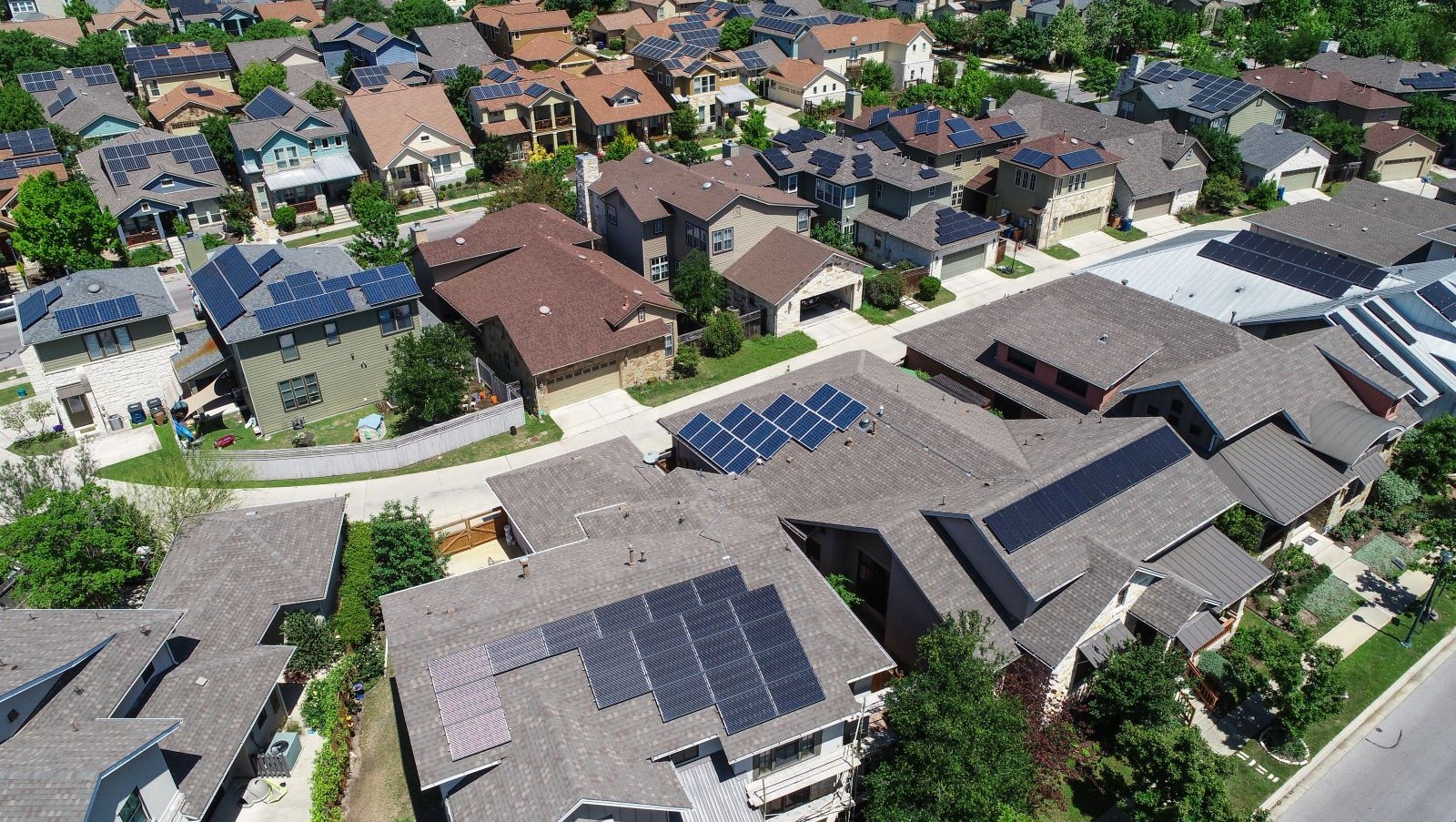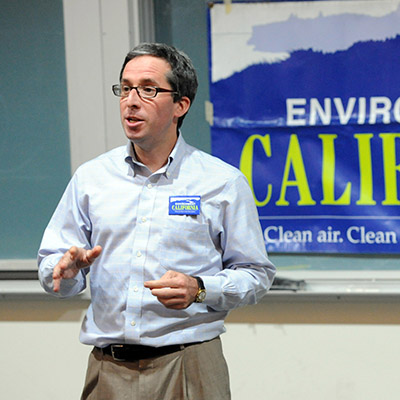
We have the power; getting to 100%
On June 3rd, 2021, the California Energy Commission (CEC) jointly conducted a workshop with the California Public Utilities Commission (CPUC) and the California Independent System Operator (CAISO) to initiate a process to explore next steps to plan for the development of resources that will be required to achieve the goals of Senate Bill 100 (SB 100). Here is Dan Jacobson's statement that he shared with the participants.
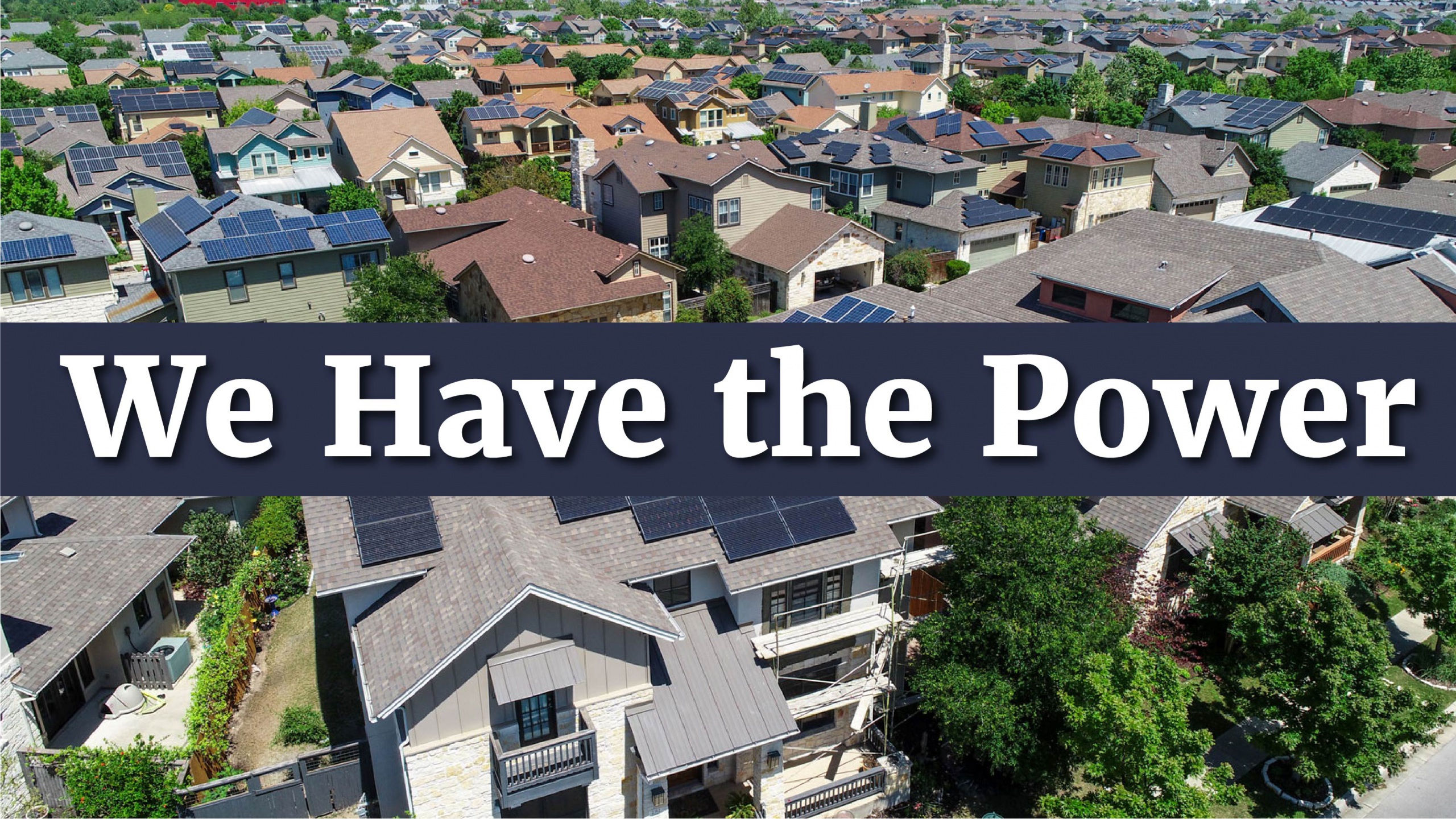
On June 3rd, 2021, the California Energy Commission (CEC) jointly conducted a workshop with the California Public Utilities Commission (CPUC) and the California Independent System Operator (CAISO) to initiate a process to explore next steps to plan for the development of resources that will be required to achieve the goals of Senate Bill 100 (SB 100).
Thank you very much for taking the time to organize this workshop. As the threat of climate change becomes the reality of climate change it is clear that we need to take greater and greater action to protect our planet and the people on it.
Environment California has worked for decades to move our state to clean energy. From energy efficiency, to solar power, to the Renewable Portfolio Standard we are proud to have worked with the state legislatures, the Governors and the Agencies to implement the programs that have made California a world leader on clean energy.
But we need to do more. Today, Environment California Research and Policy Center released a report, We Have the Power, on how we can get to 100% clean energy. I wanted to submit the recommendations of the report to the workshop. Here is a link to the report
The nation has ample potential to move forward rapidly in four key areas essential to a renewable energy future: building out renewable energy; modernizing the grid; reducing and managing energy use; and repowering our economy to take full advantage of clean energy.
1. Rapidly deploy clean energy. Over the last 20 years, the amount of electricity produced by wind and solar power in the U.S. grew more than 60-fold, accounting for 12 percent of all the electricity produced in America in 2020. Technology and price trends point the way toward far faster progress in the years to come.
-
Today’s wind turbines and solar panels produce more energy, in less space, for less cost, and with more flexibility than ever before. The cost of wind power fell by 71 percent and utility-scale solar by 90 percent from 2009 to 2020. In 2019, the median new residential solar panel was 37 percent more efficient than one installed in 2010. And in 2019, the average installed wind turbine had 42 percent greater power capacity than one installed in 2010. There are a number of challenges that were presented during the workshop, including land use and space. We encourage a continued dialogue and to find the obvious projects that should be adopted and move rapidly to approve them.
-
New renewable energy technologies that could one day help provide more stable and diverse options for providing renewable energy are on the way. Floating offshore wind turbines, which are dropping in price and have been successfully deployed in pilot projects, can be located in deep waters and provide access to wind resources off the West Coast of the U.S. And advances in enhanced geothermal technology may soon allow more regions of the U.S. to tap into the nation’s enormous potential for generating electricity using underground heat. Environment California wants to take this time to thank the CEC and other agencies for the work to promote offshore wind off the coast of California. Last week’s announcement by the Biden Administration and the Governor was historic. Other projects are also moving in the right direction. Geothermal in the Salton Sea, Long Duration Storage and others are moving forward.
2. Modernize the grid. The U.S. has laid the groundwork for providing reliable renewable power when we need it with a modern grid capable of storing energy, delivering energy across long distances, and reacting to changes in weather conditions.
-
Battery storage capacity has skyrocketed as the cost per watt-hour of utility-scale battery storage has fallen dramatically, down 70 percent from 2015 to 2018. Batteries are now often deployed alongside new wind and solar farms, both for their ability to store energy for when energy output is low and to assist grid function by helping regulate grid frequency and respond to grid disturbances. Long-term or seasonal energy storage solutions, like renewably-produced hydrogen, are being developed that could one day help the grid achieve renewable energy penetrations approaching 100 percent.
-
Expanding transmission connections allows for more efficient and flexible use of renewable resources, such as in Texas where new transmission lines helped unlock enormous wind resources in rural parts of the state. Improving technology and falling costs for high-voltage direct current lines could soon allow the creation of important new transmission connections, including between the eastern and western U.S. grid systems.
-
New technologies and tools are ready to help build a smarter, more modern grid. Smart inverters, along with strategies like extracting stored kinetic energy from wind turbines, are already allowing clean energy technologies to respond to changes in grid conditions. And sophisticated computing tools are making possible advanced forecasting that can provide grid operators with precise and granular information about renewable generation.
-
The workshop spent a lot of time talking about this issue. We encourage more discussion and action on this issue. The CA ISO proceeding on transmission lines will be instrumental.
3. Reduce and manage energy demand. The U.S. has enormous potential to cut energy use and make energy demand more flexible, which would reduce the amount of new infrastructure needed for a shift to renewable energy.
-
Energy efficiency can cut U.S. energy use in half by 2050, according to research from the American Council for an Energy-Efficient Economy. The U.S. can achieve large energy reductions through advanced new strategies like geotargeted efficiency programs and energy management and information systems, as well as expanding access to older tried-and-true methods. For example, more than 9 in 10 homes in the United States had not had an energy audit as of 2015.
-
Demand response programs can reduce peak energy demand and enable the grid to respond to changes in renewable energy supply. Research from 2019 found that by 2030 demand response could provide 200 GW of “economically feasible load potential,” equivalent to 20 percent of peak load levels.
-
In 2018, utilities reported a total enrolled demand response capacity of 20.8 GW, equivalent to the power capacity of about 10,000 wind turbines. Now, new technologies like smart thermostats and advanced metering infrastructure are enabling advanced demand response programs that can help create a more flexible and responsive electric grid.
-
A few of the participants made the statement about the cheapest watt is the watt we don’t use. We agree. California has been a leader on energy efficiency in the past. We should continue this role.
4. Repower everything with renewables. Technology is available to repower most direct uses of petroleum or gas with electricity, and to tap the nation’s enormous potential for renewable heat and light.
-
Electric vehicles (EVs) and buildings are far more efficient than fossil fuel technologies. A fully electrified and renewable energy system could cut primary energy consumption by at least half.
-
Proven technologies are readily available for electrifying light-duty vehicles, residential buildings and commercial buildings, which account for 45 percent of fossil fuel end-use combustion in the U.S. EV technology in particular has dramatically improved in the last decade: The cost per watt-hour for EV batteries fell by 89 percent from 2010 to 2020, while the median driving range of EVs quadrupled.
-
New technologies could soon allow us to power more activities with clean energy. Advanced battery technology is becoming available for powering medium- and heavy-duty freight, and a recent Deloitte study found that, among surveyed manufacturers, companies aimed to electrify nearly 45 percent of their processes by 2035.
-
The U.S. can also tap into large amounts of renewable energy in the form of heat. The U.S. Department of Energy estimates that the U.S. has the economic potential for more than 17,500 geothermal district heating installations nationwide, with much of the potential located near major population centers including in the Northeast.
The stage is set for a rapid transition to renewable energy. But time is of the essence. Policymakers and the agencies that implement these policies must do all they can to accelerate a shift away from fossil fuels to an energy system in which the vast majority of our energy comes from renewable sources like the wind and sun. Policymakers at every level of government should set ambitious goals to transition both electricity and other energy uses to clean, renewable sources. And they should ensure those goals are achieved through policies that provide clean energy with the financial and regulatory support that it needs.
Respectfully,
Dan Jacobson
Topics
Authors
Dan Jacobson
Senior Advisor, Environment California
Dan provides campaign strategy and policy guidance for Environment California's program and organizational plans. Prior to his current role, he worked as the state director of Environment California and the organizing director of Florida PIRG, among other roles. The Center for Energy Efficiency and Renewable Technologies (CEERT) named Dan a Clean Power Champion in 2019, and Capitol Weekly named him one of the “Top 100 Lobbyists” in California in 2008. Dan's areas of expertise include renewable energy, electric vehicles and ocean pollution, and he has successfully advocated for the passage of dozens of bills into law, including measures to ban toxic chemicals, bring 1 million solar roofs to California, and ban single-use plastic grocery bags. He ran the campaign for SB 100, California’s law setting a goal of 100 percent clean energy by 2045.
Find Out More
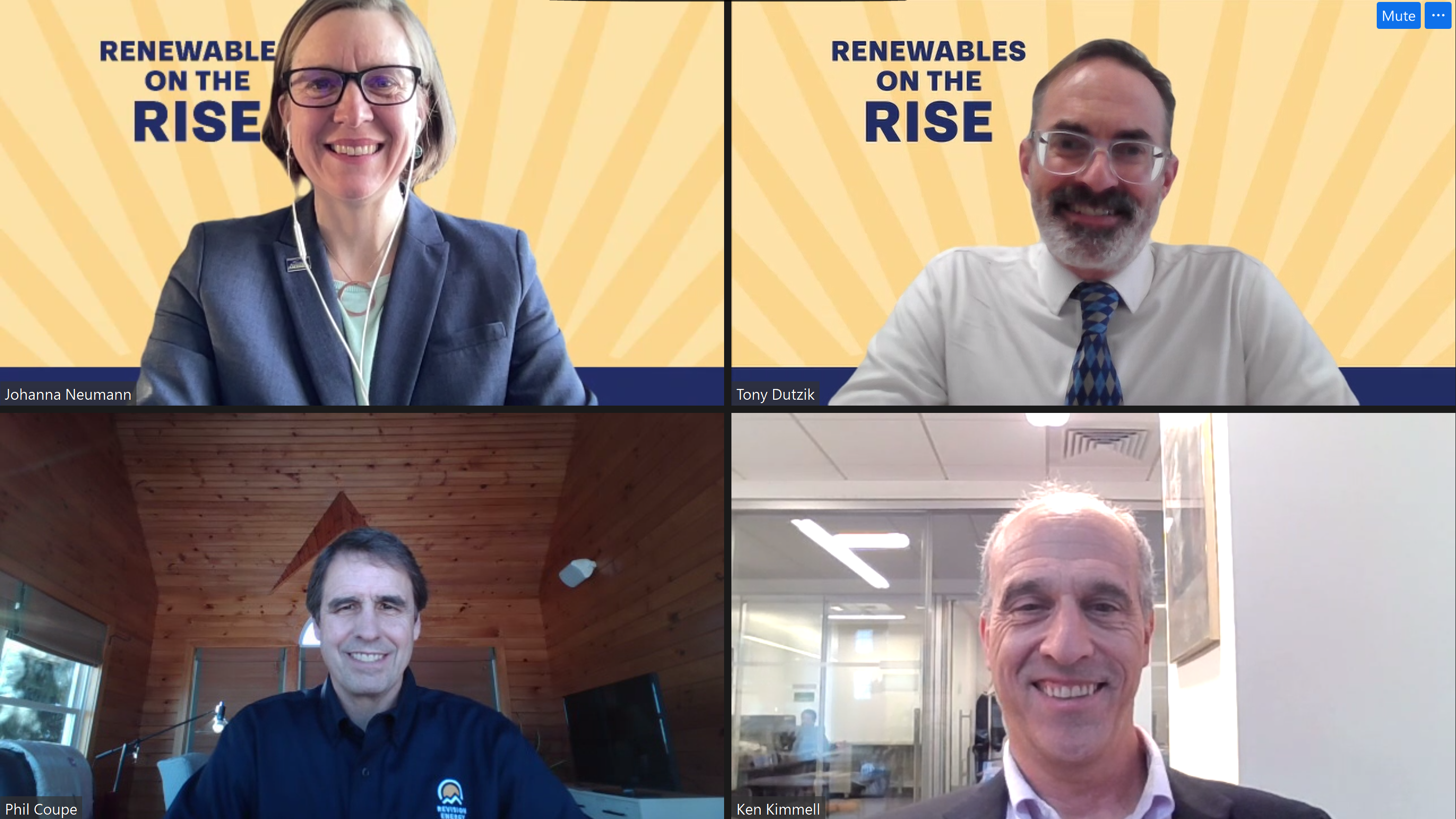
Key takeaways from Renewables on the Rise: Success Stories
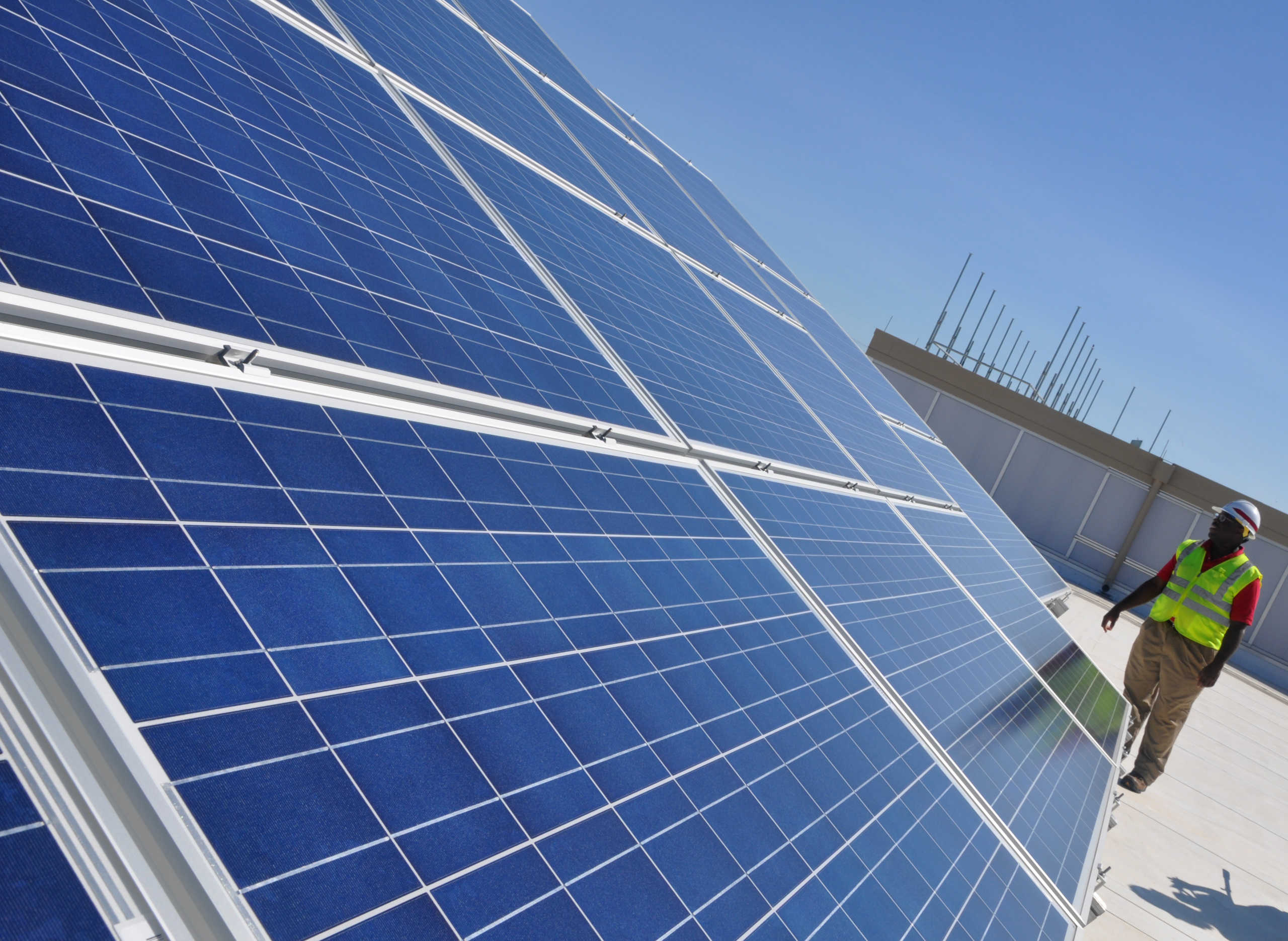
Unlocking America’s rooftop solar potential
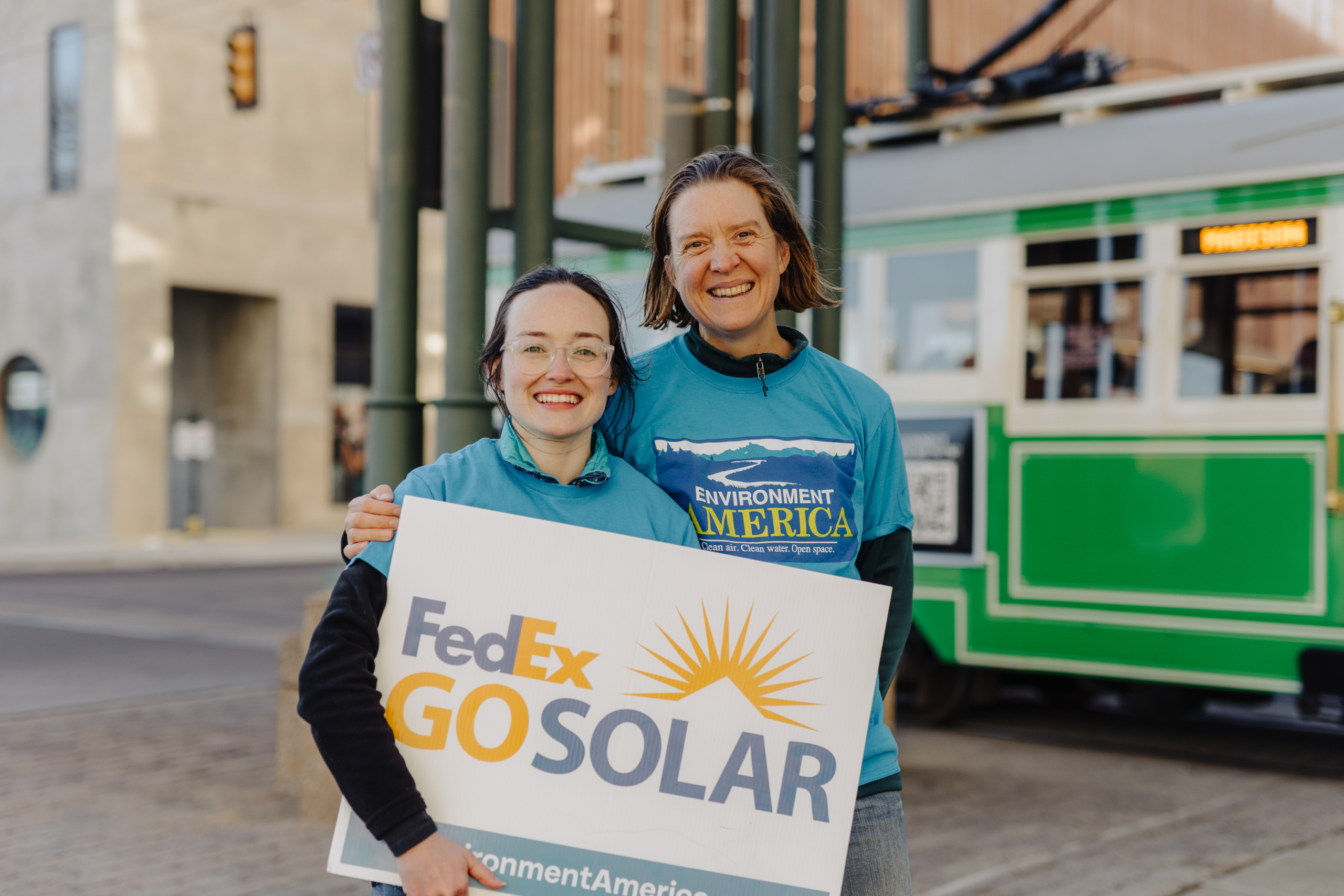
We brought FedEx’s golden solar opportunity to their doorstep
